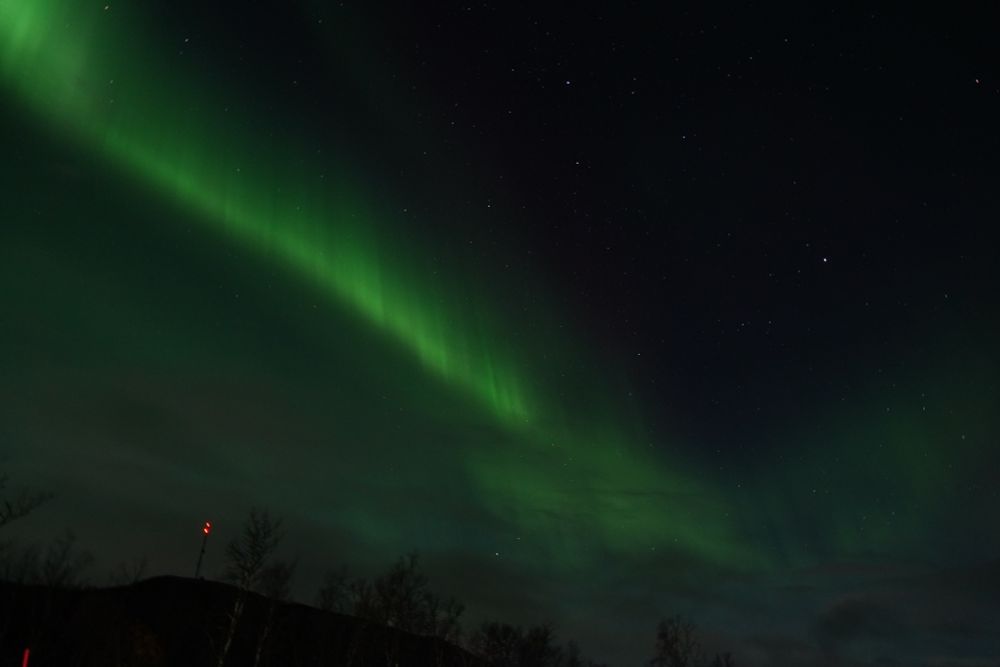Cloudy, not blue sky!
Senior scientist @univie.ac.at; previously @UW Atmos Sci, PhD @usyseth.bsky.social
https://blazgasparini.wixsite.com/blaz-gasparini-site
https://klimadynamik.univie.ac.at
Freezing of a cloud: Wegener-Bergeron-Findeisen process in action in this punch hole cloud example
Something the CloudLab team is recreating artificially cloudlab.ethz.ch

Freezing of a cloud: Wegener-Bergeron-Findeisen process in action in this punch hole cloud example
Something the CloudLab team is recreating artificially cloudlab.ethz.ch

I learned a lot about flight planning & really enjoyed the positive vibes and excitement!
More on their website: lnkd.in/dWvANupz




I learned a lot about flight planning & really enjoyed the positive vibes and excitement!
More on their website: lnkd.in/dWvANupz




www.mn.uio.no/geo/english/...



www.mn.uio.no/geo/english/...


1. anvil cloud "age"
2. distinguish between convective-origin (anvils) and in situ origin cirrus (formed by ice nucleation on gravity waves)

1. anvil cloud "age"
2. distinguish between convective-origin (anvils) and in situ origin cirrus (formed by ice nucleation on gravity waves)



acp.copernicus.org/articles/25/...
@univie.ac.at

acp.copernicus.org/articles/25/...
@univie.ac.at


en.wikipedia.org/wiki/Hayrack
You can see one very near the meeting venue in the picture before

en.wikipedia.org/wiki/Hayrack
You can see one very near the meeting venue in the picture before





